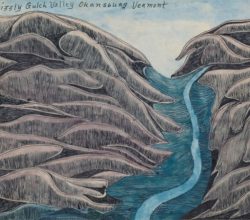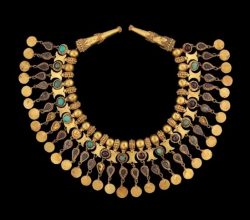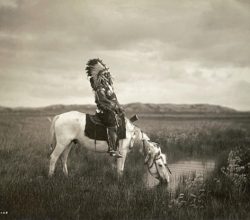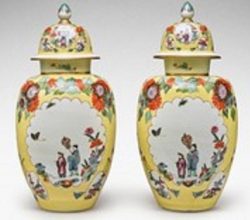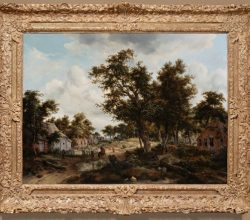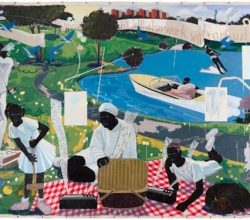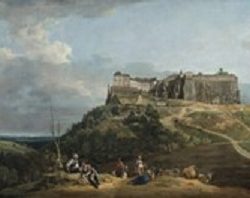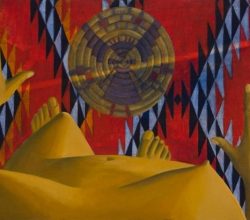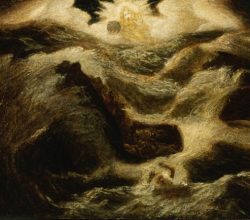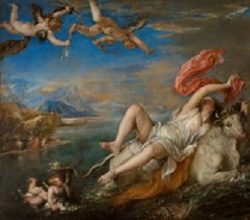
Can We Ever Look at Titian’s Paintings the Same Way Again?
Holland Cotter | The New York Times | 12th August 2021
In London, this show was praised to the heavens. Now in New York, there is more rhapsodizing about Titian – “an ingenious dramatist … one of history’s magician paint-movers”. However, there is an elephant in the room. These paintings feature sexual violence and use the female nude as an “erotic emblem”. Titian’s client was a world-conquering ruler, so demure was not an option. Understood – but should we simply ignore the clash of “aesthetics and ethics”?

